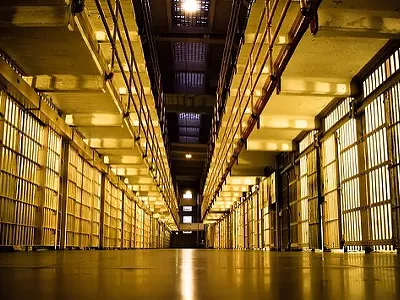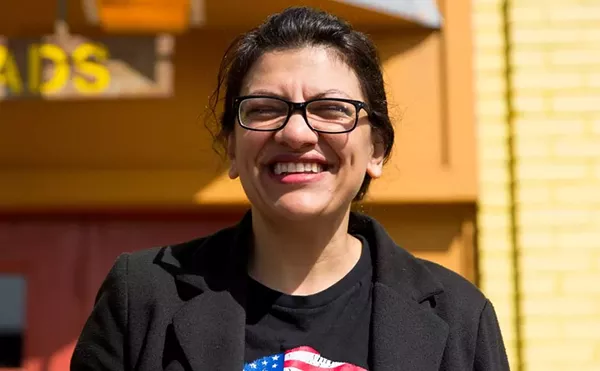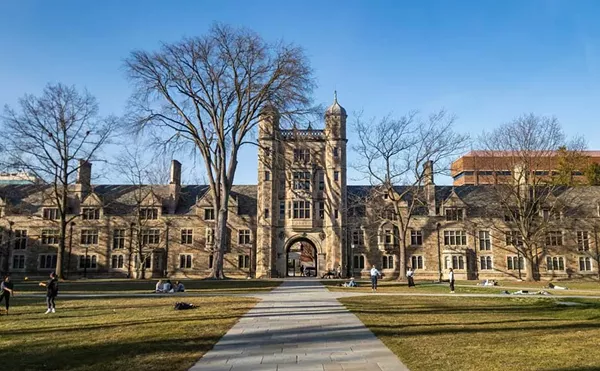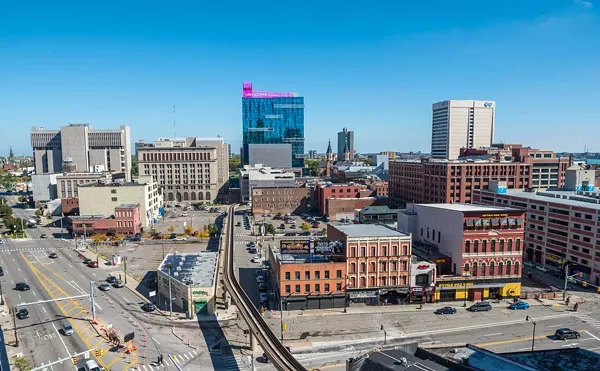There was a lot of chatter last week about the Dan Gilbert-Tom Gores pitch to bring a Major League Soccer franchise to Detroit and build a stadium downtown.
I'm not too excited about that. I'm more concerned about what's happening in neighborhoods and not so much about how billionaires are divvying up downtown.
If the people who like soccer can pull together an MLS team in Detroit, that's great. If Wayne County can recoup some money on the miserable jail project that sits now on the proposed site, that's just fine. And somewhere on the riverfront or in the Corktown area, or at other sites that have been floated as possibilities? That's fine too.
And I'm not whining that these guys aren't doing anything in the neighborhoods.
I'm sure they can point to something they've done, maybe supported a park or a sports league, or donated things to schools. But they don't sit down in a neighborhood for 20 years, and get to know the neighbors who stay because they have no choice. That's not what they do, and I don't expect them to.
By the same token, I don't let them off the hook, either. Investors play the community development card when it benefits them. For instance, a statement from Gores and Gilbert says: "Detroit is rising, and we know firsthand the power of sports to lift a community and drive a civic renaissance."
Really? That's a nice bit of cheerleading, but more heady assessments don't necessarily agree with them about the power of sports (stadiums) to drive a renaissance.
For instance, this is what Roger Noll, a fellow at the Stanford Institute for Economic Policy Research, had to say about the concept last year: "NFL stadiums do not generate significant local economic growth, and the incremental tax revenue is not sufficient to cover any significant financial contribution by the city."
Want more? Here is the conclusion of a study on Baltimore's Camden Yards by Florida State University Urban and Regional Planning Professor Timothy Chapin: "The experience of Baltimore, however, indicates that district redevelopment is not guaranteed by massive investments in a sports project. While Baltimore's Camden Yards is successful on many fronts, it has not been the urban redevelopment catalyst that it has been perceived to be. Other cities have built sports stadiums and arenas with hopes for urban redevelopment with little to show for it."
I'm all about Detroit rising up, but I want to see that happen close to where people live. As far as I can tell, the kind of development that really sticks is the development that grows from the neighborhoods. The kind that have hardware stores, barbershops, and coffeehouses, and where you can run to the store a couple of blocks away instead of driving out to the mall.
I don't mean that rich folks should be putting storefronts in run-down neighborhoods. Mostly what those do is suck money out of that area. Real community development starts in the community and stays there. When developers or businesspeople really want to do something that picks up a community, they need to engage the people there about their wants and needs. It means creating opportunities for the folks in that neighborhood to prosper from what occurs. And that goes much further than showing up at the local church on Sunday morning and throwing some money into the collection basket. It means opportunities for jobs that pay well and ownership of businesses.
It's very different from downtowns, which are more or less entertainment and financial districts. Neighborhoods are for living and sustenance, for education and recreation. Entities that help steer development are needed, if for no other reasons than the fact that funders tend to like them, and they are up close and personal with residents. These are organizations such as the Rosedale Grandmont Community Development Corp., and the Central Detroit Christian organization north of New Center.
Good things are happening in those areas and in other pockets of the city. Resident-driven urban agriculture is stabilizing Brightmoor. The Motor City Blight Busters are doing the same in the Old Redford area, aided by the focus on Lahser near the Redford Theatre. A number of local small businesses are behind new development in West Village. The area north of the neighborhood is still mired in decay, but at least folks working in the Hope District are trying to make a difference there — and success in West Village will support success nearby.
But people in those areas need to step up. A significant amount of development has to come from the neighborhoods, or else it's not sustainable. We'll see where efforts to seed the Livernois-McNichols corridor work as the Live6 Alliance tries to steer things in that area.
At a recent Dine and Develop workshop in an empty McNichols Road storefront, a guy from Invest Detroit spoke about a pot of money the organization has pulled together. The company finances and supports business development.
It appears that Invest Detroit is looking for businesses that have been in place for several years with an income of "several hundred thousand" per year.
That's not going to directly do a lot for folks in the Live6 area, where easily more than two-thirds of the commercial storefronts are empty. The majority of businesses there are going to be startups by necessity. Funds may be available for façade fix-ups, apparently for existing businesses, and some money could be steered through the Live6 Alliance. That's why community development corporations are important.
Development isn't easy in Detroit, where things have fallen so far — and it takes a long time. There will be mistakes and evolutions of the dream, but when it takes root, it's awesome and sustainable.
Don't depend on Gores and Gilbert. They're going to be busy playing soccer downtown.







